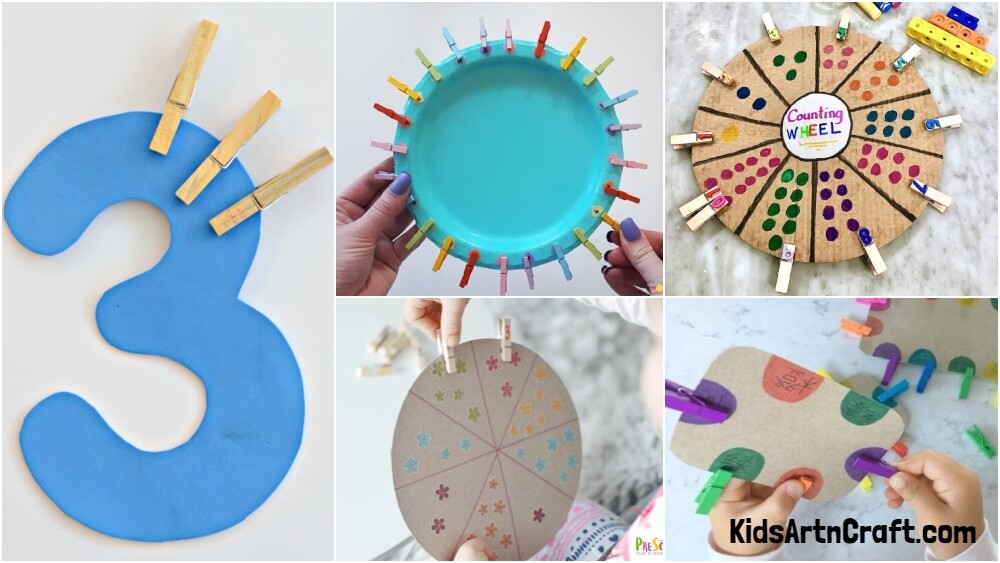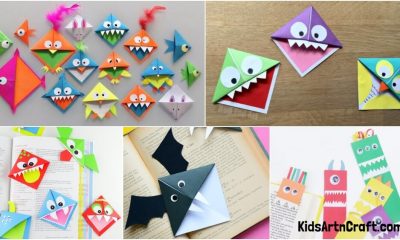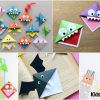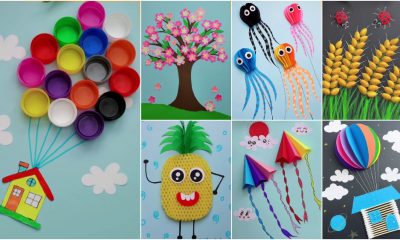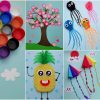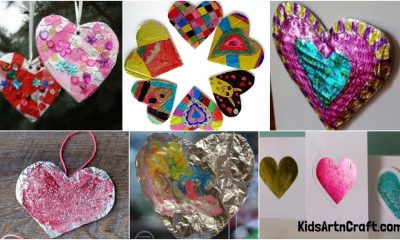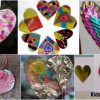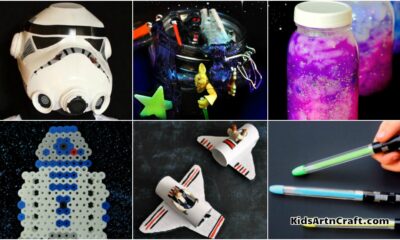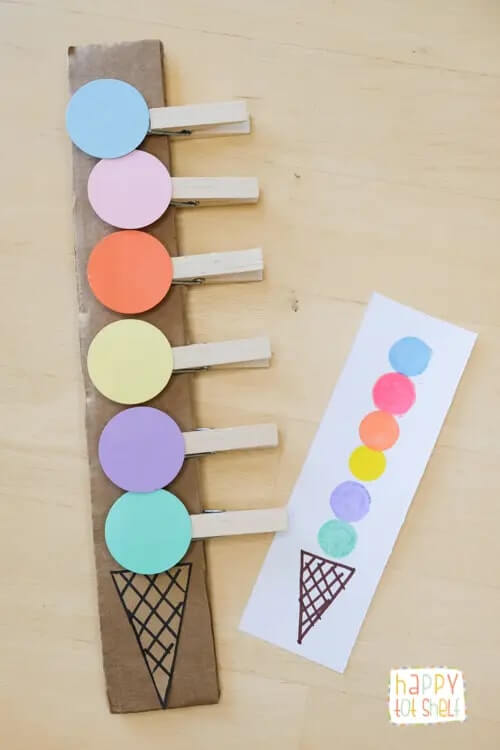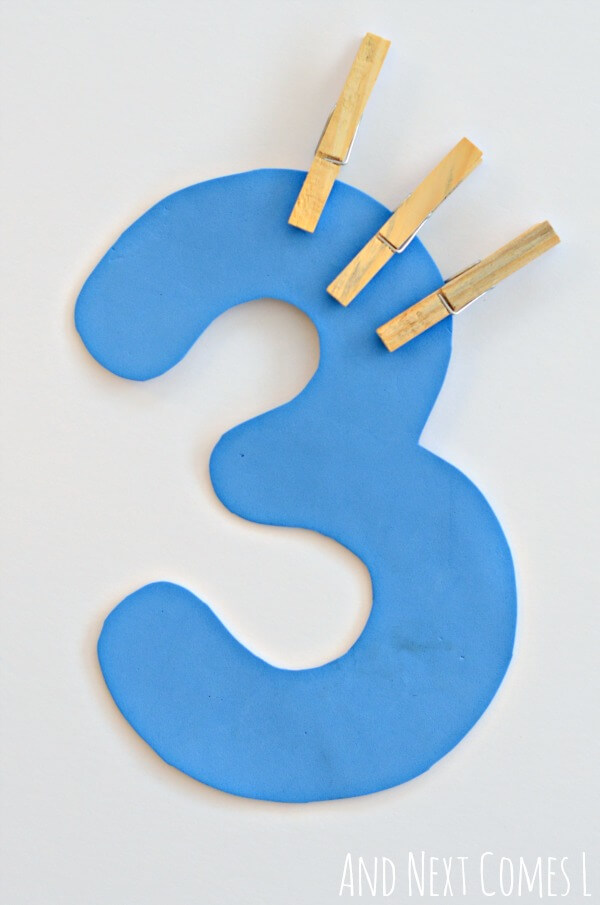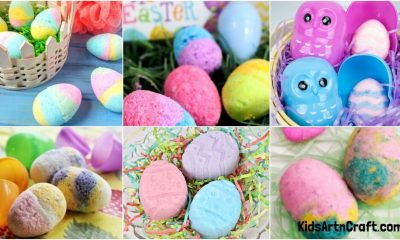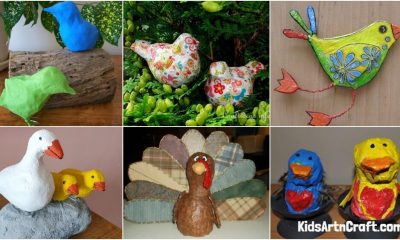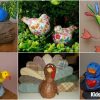DIY and Crafts
Learning with DIY Clothespins

Learning with DIY clothespins is a great way to get creative and have fun while learning. Using clothespins in DIY projects is a great way to develop fine motor skills and explore science and math concepts. You can use clothespins to create patterns, learn spelling words, sort items, and create art projects. Clothespins can also be used to teach basic counting and color sorting. With a little imagination, you can have a lot of fun and learn a lot with DIY clothespins!
DIY Learning Activities With Clothespins
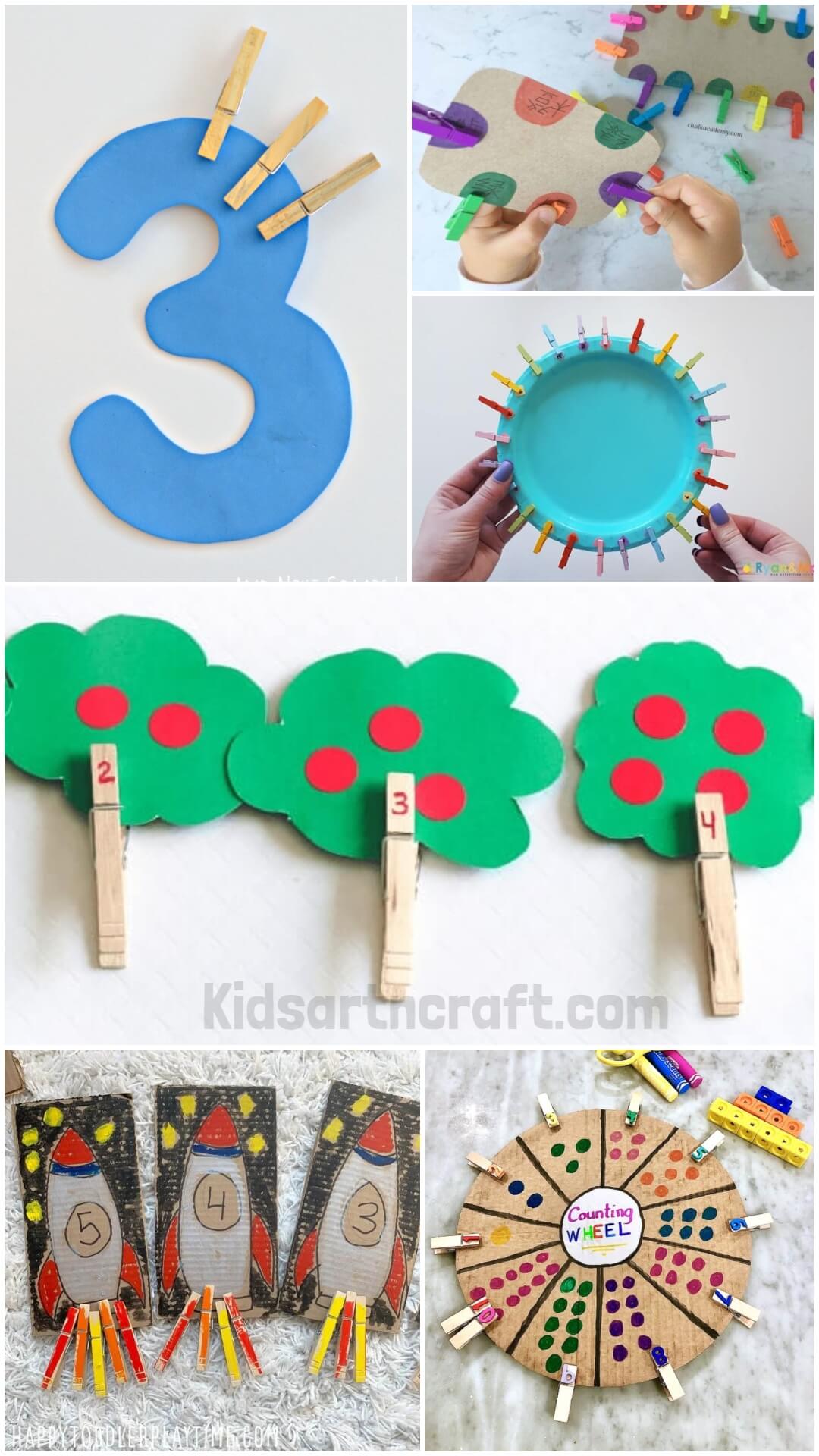 Read More: 15 Easy Tissue Paper Crafts For Kids
Read More: 15 Easy Tissue Paper Crafts For Kids
Clothespin Counting Wheel DIY Craft for Toddlers
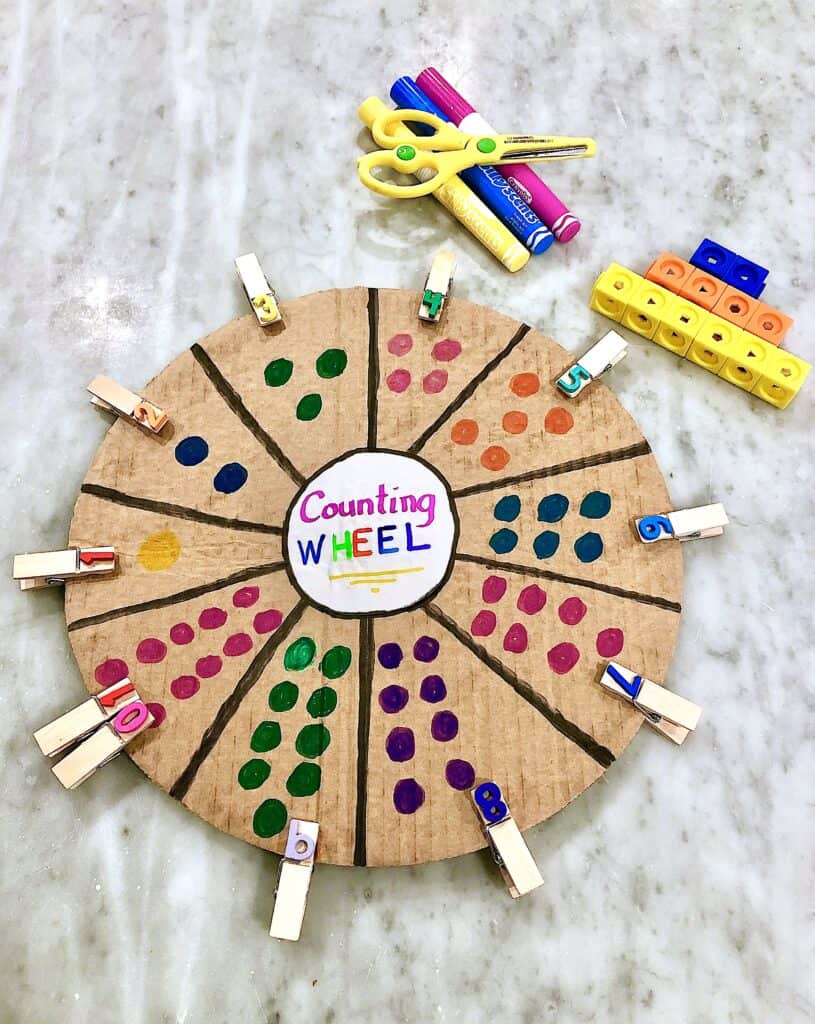
Image Source/Tutorial: Keep Toddlers Busy
This DIY craft is perfect for toddlers! It is an easy and fun project to create a Clothespin Counting Wheel. Kids will have a blast counting and learning with this craft. It’s a great way to teach basic counting skills.
Fun and Easy Clothespin Color Matching DIY Craft Activity for Toddlers
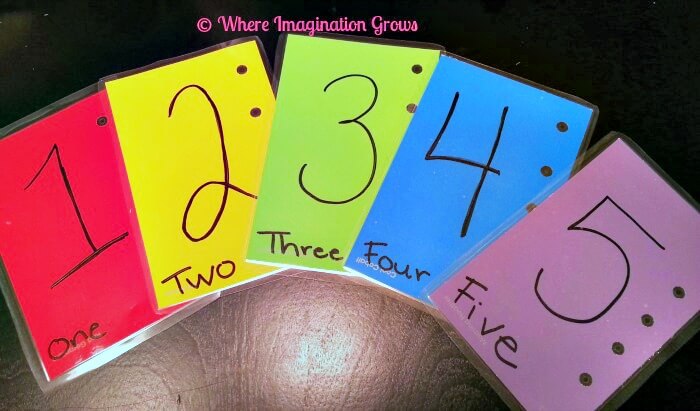
Image Source/Tutorial: Where Imagination Grows
This fun and easy DIY craft activity is great for toddlers! Using colorful clothespins, toddlers can match them up to different colored pieces of paper. This craft activity is simple, fun and encourages early motor skills.
Quick and Easy Preschoolers Color & Counting Clothespin Craft
This craft is a fun and creative way to teach preschoolers counting and color recognition. It’s simple to make and uses everyday materials like clothespins and markers. Kids can use their imagination to make amazing creations!
Clothespin Color Matching Board Game DIY for Toddlers
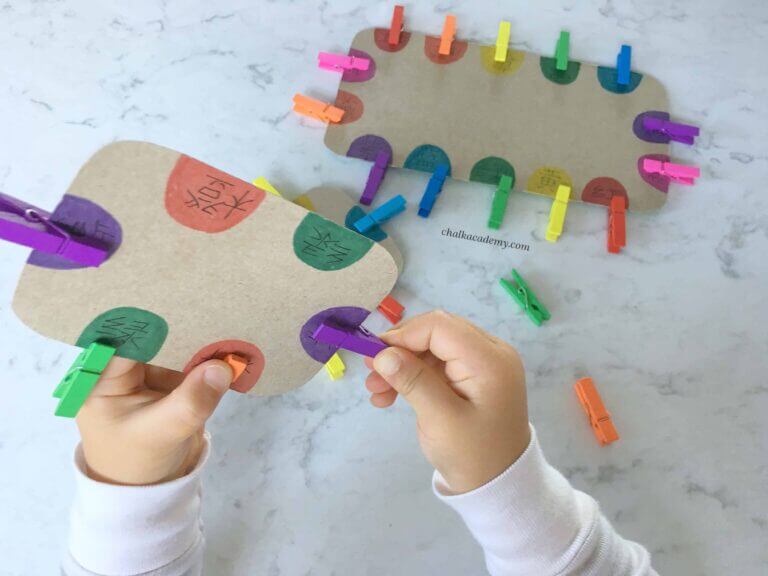
Image Source/Tutorial: Chalk Academy
This DIY board game is perfect for toddlers! It teaches color recognition and matching skills, and is easy to make using clothespins and paint. Toddlers will have fun playing this game and learning at the same time!
Easy Counting Clothespin Game Activity for Kids
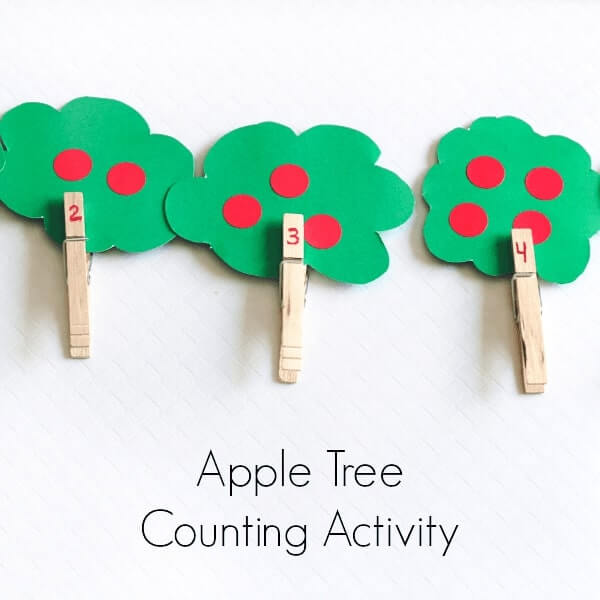
Image Source/Tutorial: Fun Learning for Kids
This Easy Counting Clothespin Game Activity is a great way to help children learn to count and recognize numbers. It’s a fun and interactive activity that encourages counting, hand-eye coordination, and fine motor skills. A fun and educational way to help children learn!
Read More: Easy Sidewalk Chalk Ideas For Your Kids
Exciting Clothespin Rocket Counting Game Activity for Toddlers
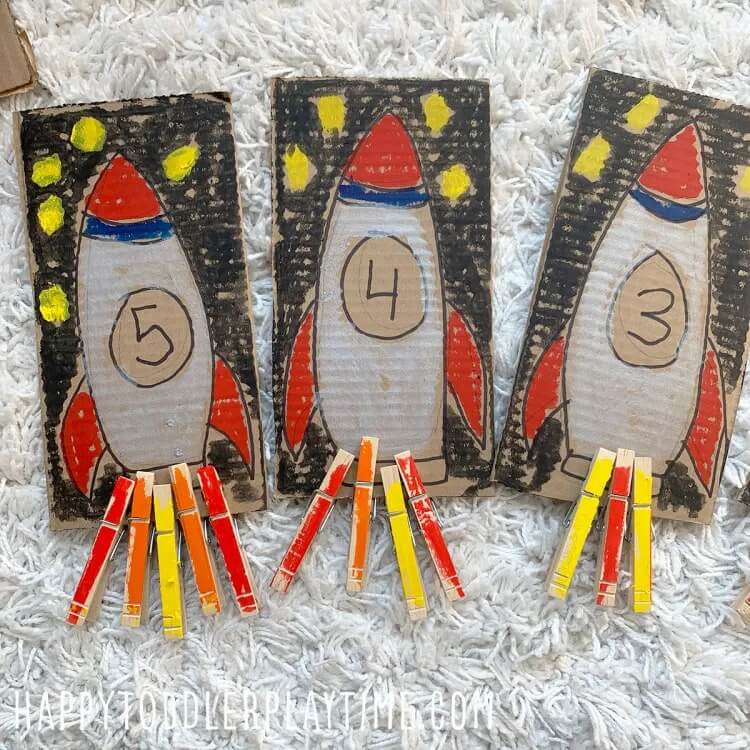
Image Source/Tutorial: Happy Toddler Playtime
This fun rocket counting game is a great activity for toddlers. It helps them to practice counting and encourages development of fine motor skills with exciting clothespin action. An easy and fun way to engage your toddler in learning!
Number Counting Clothespin Learning Craft Activity for Kids
This fun learning craft activity is a great way to help kids learn their numbers. Using colorful clothespins, kids can practice counting, matching, and sorting. It’s a great way to help them develop their math skills in a creative and fun way.
Paper Plate Color Matching Clothespin Craft Activity for Preschoolers
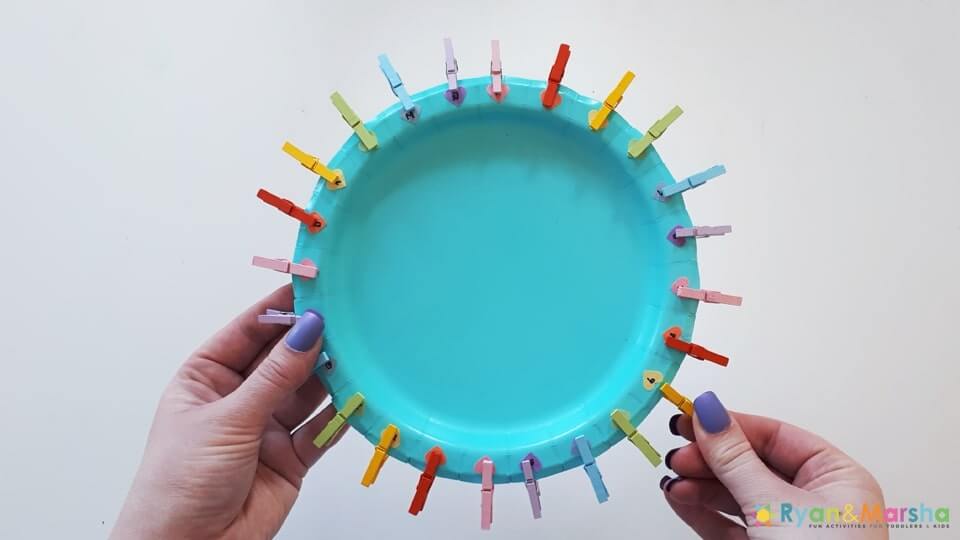
Image Source/Tutorial: Ryan and Marsha
This fun paper plate color matching craft activity is perfect for preschoolers. They can use clothespins to match the colors to the paper plates, and it’s a great way to teach color recognition and fine motor skills. It’s easy to set up and requires few materials.
Round Wheel Flower Counting Clothespin DIY Craft for Toddlers
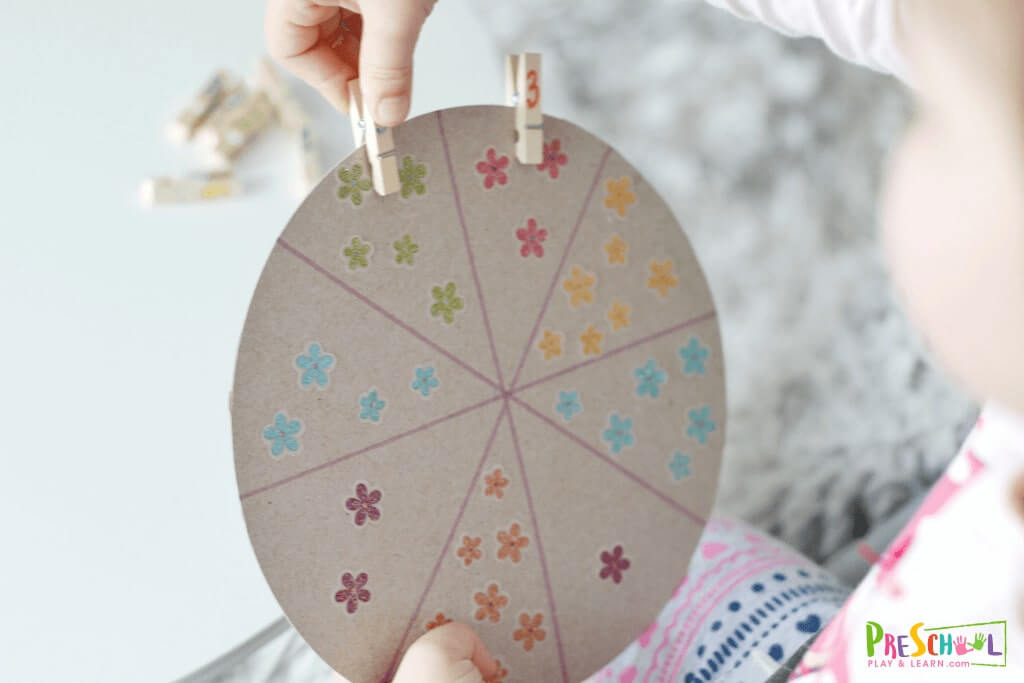
Image Source/Tutorial: Pre-School Play and Learn
This fun DIY craft for toddlers uses round wheel flower counting clothespins. It is a great way to help children learn to count and identify numbers in a creative, hands-on way. Not only does this craft help with learning, but it also provides hours of fun for toddlers!
Toddlers Clothespin Color Match Learning Activity
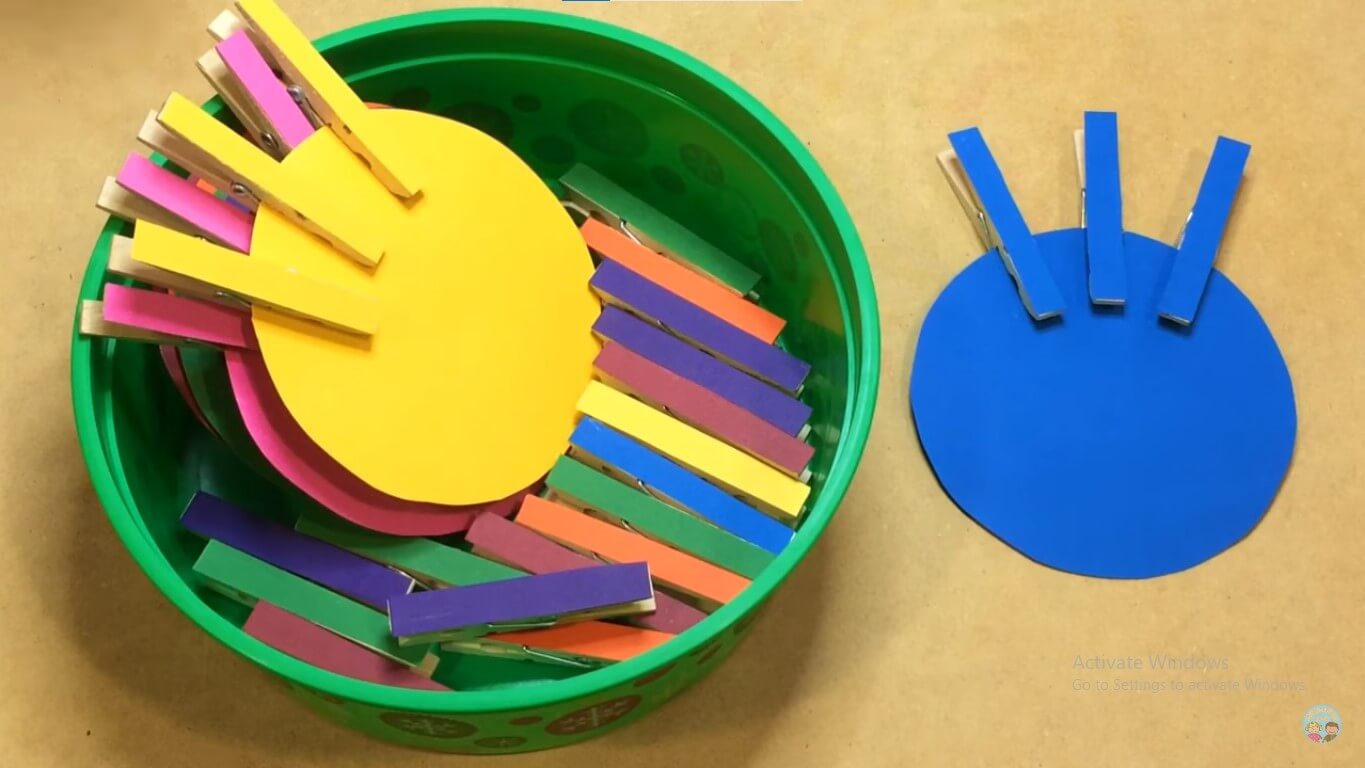
Image Source/Tutorial: Child Care Land
This Toddlers Clothespin Color Match Learning Activity is a great way to help toddlers learn and recognize different colors through a fun and interactive game. It is easy to set up and fun to play. It is sure to keep your toddler entertained while helping them learn!
DIY clothespins are a great and affordable way to learn more about crafting. They can be used to create original pieces of art and craft projects, and are a great resource for those looking to explore their creative side.
With DIY clothespins, the possibilities are endless! From jewelry and wall art to holiday decorations and more, these versatile little clothespins can help you create something unique and beautiful.
FAQs Related To Amazing Learning with DIY Clothespins
1. What can I make out of clothespins?
Clothespins are versatile materials that can be used for a variety of projects. With a few simple supplies, you can make a variety of items out of clothespins. From wall art to jewelry, there are numerous creative ways to use clothespins. For example, you can make a picture frame out of clothespins by connecting them with glue and then inserting a photo or a piece of art. You can also make a clothespin wreath by wiring clothespins together and adding decorative elements such as ribbons or beads. Other ideas include making jewelry, magnets, garlands, and even a mobile. With a bit of creativity and imagination, you can create unique and interesting items out of clothespins.
2. What is the purpose of a clothespin?
The purpose of a clothespin is to secure items such as clothing, towels, and sheets onto a clothesline for drying. Clothespins come in a variety of sizes and shapes and are usually made of plastic or wood. They are designed to be easy to use, with a spring-like clip that opens to allow for easy insertion and removal of items from the clothesline. Clothespins are an essential tool for any laundry room, as they provide a convenient way to hang up wet clothing to air dry. Additionally, clothespins can be used for other purposes such as securing documents and pictures to a wall or bulletin board.
3. Why do clothespins have two holes?
Clothespins have two holes because they are designed to be highly functional and versatile. The first hole is used to clip the clothespin onto a clothesline, while the second hole is used to clip items such as socks and towels together. This helps to keep the items together, preventing them from becoming scattered on the clothesline. The two holes also help to make the clothespins more sturdy, allowing them to bear the weight of multiple items of clothing without breaking.
4. Who invented clothes pins?
The invention of the clothespin is credited to Walter Hunt in 1853. The clothespin was actually a modification of an earlier invention by Hunt, which was a spring-loaded clothes rack. Hunt’s clothespin was designed to be used to hang wet laundry outside to dry, and it quickly became a staple of the American home. Clothespins are still used today as a cheap and easy way to hang items to dry.
5. What’s another name for a clothespin?
A clothespin is commonly referred to as a clothes peg, laundry clip, or even a clothes gripper. It is a simple device used to hang clothing such as socks, towels, and other items on a clothesline. Clothespins are typically made of plastic or wood, and they have two flat opposing arms connected by a spring that can be opened and closed using finger pressure. Clothespins are an easy and convenient way to keep laundry items off the ground and airing out in the sun.
6. What type of energy would a clothespin possess?
A clothespin would possess potential energy, which is the energy stored in an object due to its position or configuration. The clothespin’s potential energy is derived from its ability to store energy in the form of its shape, in the form of elasticity, and the tension that is created when it is opened and closed. When the clothespin is opened, the energy stored in it is released and used to hold the object in place. This potential energy can be used in a variety of ways, such as hanging clothes on a line or holding two objects together. The potential energy of the clothespin can also be used to demonstrate the principles of energy conservation and transformation.
7. What is a clothespin made of?
A clothespin is typically made of wood, though some modern varieties are made of plastic. The typical design of a clothespin consists of a flat rectangular body with two metal springs embedded in the flat surface. These springs are used to open and close the two arms of the clothespin, which can be used to clip clothing or other objects to a line or clothes rack. The arms also typically have a small grooved surface that allows for a better grip when clipped onto clothing or other objects.
This is a great way to let your children express their creativity and have fun while learning. With DIY clothespins, your kids can explore their imaginations and create something truly special. Follow us on Youtube for art and craft tutorials and much more.
More Articles from Kids Art & Craft
- Pasta Art & Craft Activities For Kids
- 15 Easy Ways To Teach Kids About Weather
- Earth Day School Projects for Kids
- DIY Tissue Paper Craft Ideas
- DIY Pony Bead Butterfly Crafts For Kids


